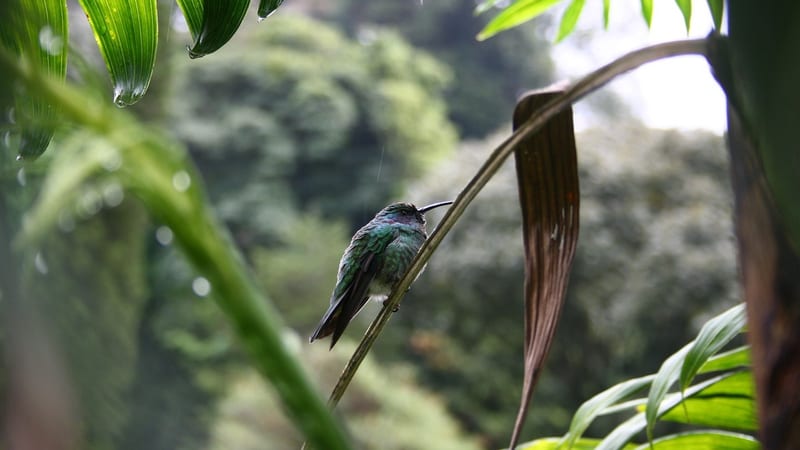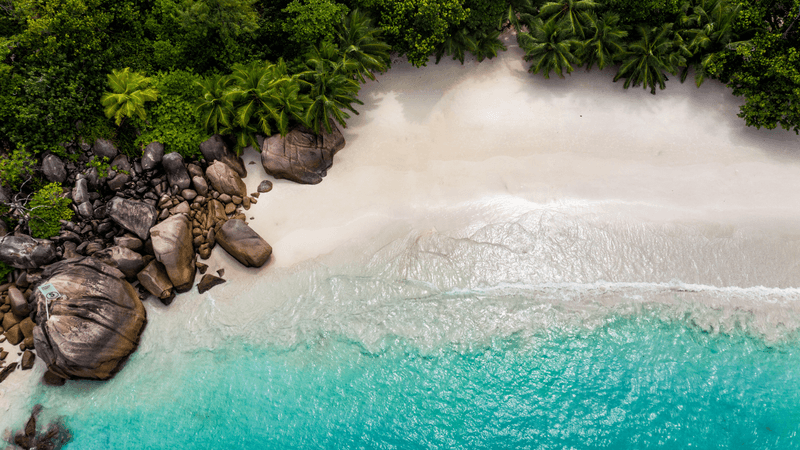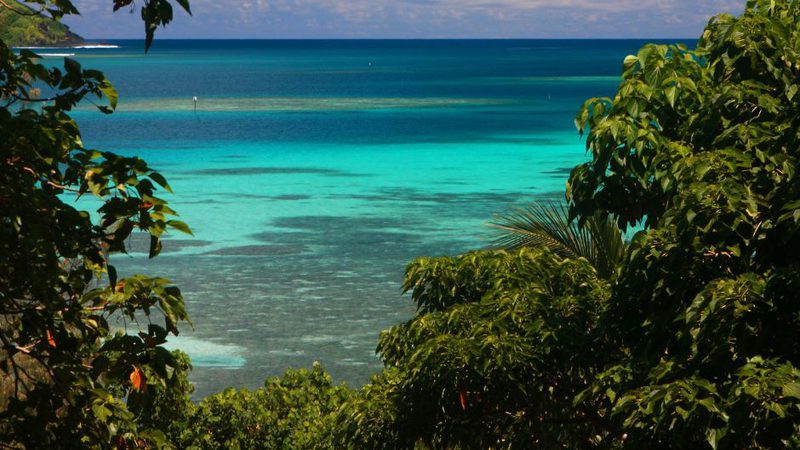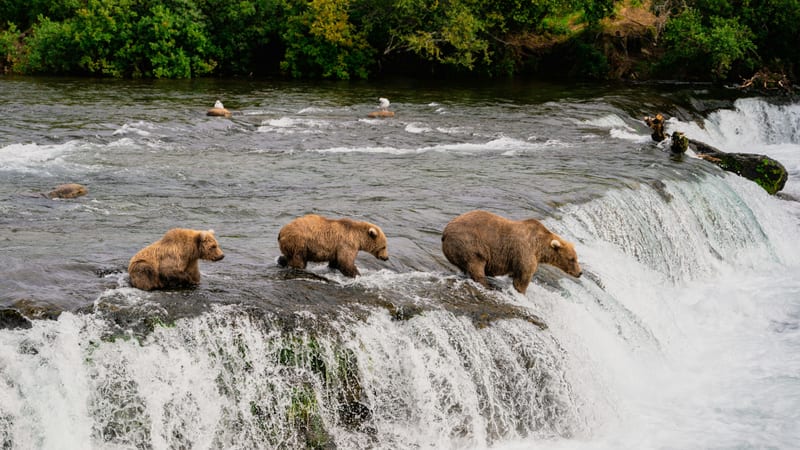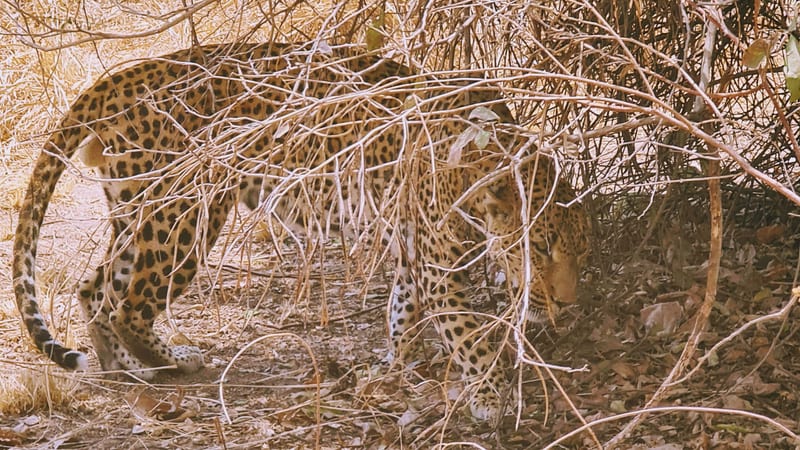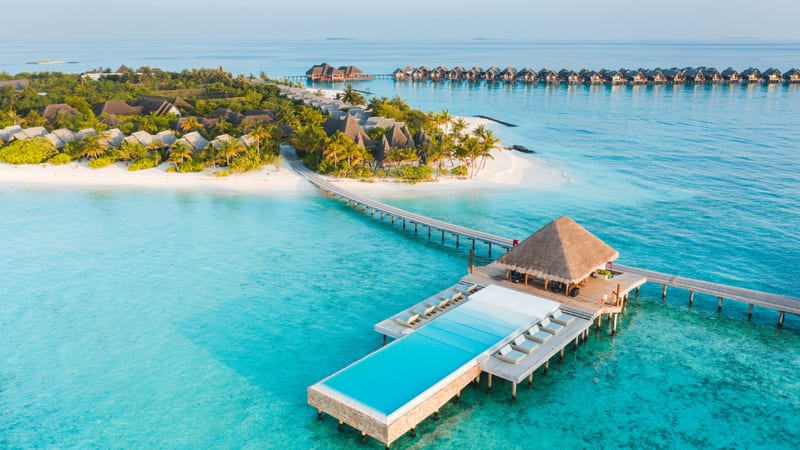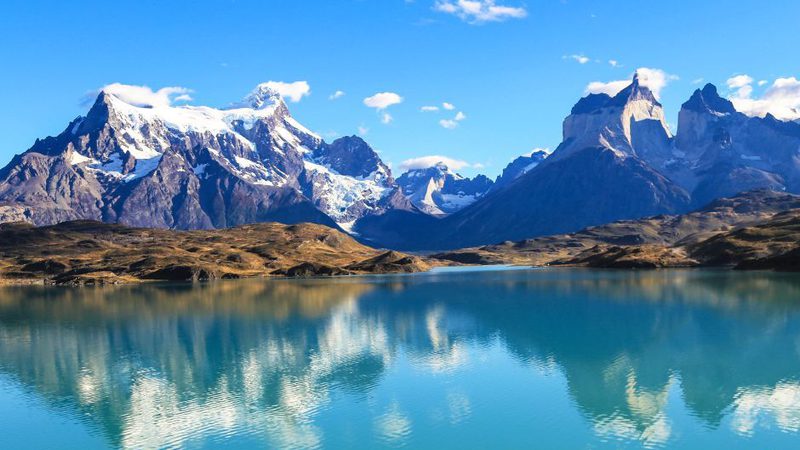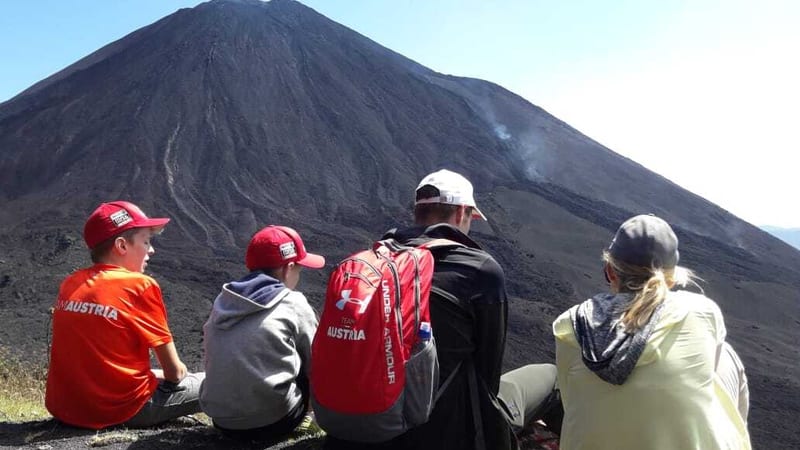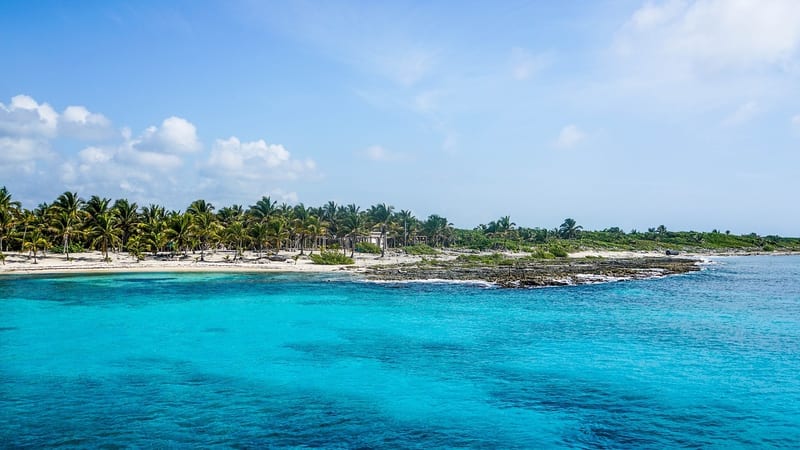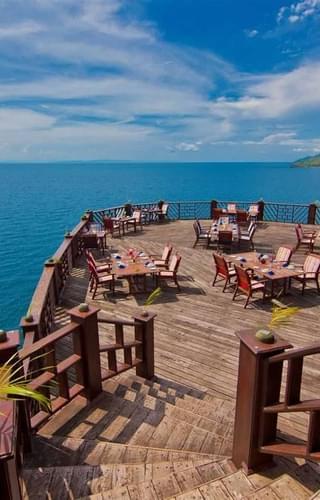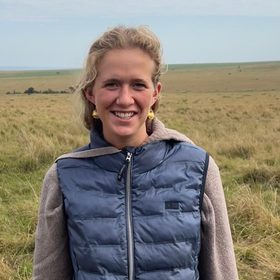For those travelling to and from Gombe Stream National Park this is a great location
Location: Perched on a peaceful hilltop overlooking Lake Tanganyika, just outside Kogoma town, Kigoma Hilltop Hotel offers sweeping views over the lake and lush gardens. It's a mere 15 minutes from Kigoma Airport and only five minutes from historic Ujiji, famed as the meeting place of Livingstone and Stanley. The setting provides a stunning escape while serving as the ideal base for exploring Tanzania's Gombe or Mahale National Parks and discovering local traditions at Katonga Fishing Village.
Rooms: Accommodation includes 30 cottage-style rooms, comprising 16 Executive Doubles, 4 Executive Twins, 7 Junior Suites, 1 Honeymoon Suite, and 1 Family Junior Suite. Every rooms features a private balcony with hot and cold running water, satellite TV, refrigerator, electronic safe, mosquito-net four-posted bed, writing desk and 24-hour power supported by a generator backup system.
Amenities: The hotel offers elegant communal spaces, including a thatch-roofed restaurant on a cliff-edge terrace facing the lake, a well-equipped gym, tennis courts, table tennis, billiards, a library, and a beautiful flower-shaped swimming pool. Guests enjoy complimentary lounge access, laundry service, and in-room refreshments while mobile service via hotel-supplied golf carts adds convenience. Alcohol is not sold on site, though guests are welcome to store their own.
Activities: A rich range of experiences awaits: enjoy swimming, kayaking, snorkelling and boat safaris on Lake Tanganyika, or take a traditional dhow for sundowner cruising. Visits to the Livingstone-Stanley memorial at Ujiji, the Katonga Fishing Village, and local markets offer cultural insights. Day-trips to Gombe Stream or Mahale Mountains National Parks for chimpanzee trekking can be arranged, and microfinance or volunteer initiatives offer meaningful engagement in the community.
Sustainability: Built from local materials and fully Tanzanian-owned and operated, the hotel is deeply committed to the Kigoma community. Daily operations include solar-heated hot water, energy and water efficiency, waste recycling, and supporting local suppliers for fresh produce. The hotel funds local schools, water wells, community centres, health clinics, eye camps (including hundreds of cataract surgeries), and employment/training opportunities for locals - efforts that visibly uplift the region.
Best places to stay in Gombe
Tanzania Trip Inspiration
When to visit Tanzania
Find out the best time to visit Tanzania with our month by month guide.
- Best
- Good
- Mixed
- Jan
- Feb
- Mar
- Apr
- May
- Jun
- Jul
- Aug
- Sep
- Oct
- Nov
- Dec
January
January is mixed when it comes to weather, temperatures rise whilst the chance of rain and humidity increases. It is still a good time to go, as the rates are lower yet the game viewing is still excellent.
- During this time migratory herds are in the Serengeti for calving season, meaning the Ndutu plains are busy.
February
The weather remains hot with a chance of rain in February.
- Meanwhile in the Ndutu Plains the migration is still occurring.
March
March is the calm before the storm, before heavy rains and humidity builds. Visitors can take great advantage of lower rates during the low season.
- Migrating herds start to leave Ndutu, heading West towards Grumeti.
April
April experiences continued periods of heavy rain, we would advise against travel due to the conditions.
May
During may there is periods of heavy rain, we would advise against travel due to the conditions.
June
June heralds the wet season, bringing lush green vegetation which can make spotting game more difficult. It is a particularly great time for birders as parks become populated by migratory birds especially in the South.
- Migration is still in the Grumeti area, heading north.
July
July is the start of peak season, temperatures reach up to 30 degrees and the surrounding land becomes drier and spotting game is becoming easier.
- The migration is in the Northern Serengeti moving towards Kenya.
August
August is peak season, with bush land drying out game spotting becomes much easier. If you want to experience Tanzania game at its best, August is the time to travel.
- The migration still remains in the north.
September
Peak season continues in September, the Northern circuit can be very busy, if you want to avoid crowds it's best to visit the southern parks.
- The end of the migration is still in the north with herds on both side of the Kenyan and Tanzanian borders.
October
Peak season continues into October with good game viewing in the Serengeti and southern parks.
- The migration has now crossed over into Kenya.
November
November is the start of the rainy season, the rains tend to be overnight so it is still a popular time to travel. During this month you can take advantage of low season rates.
- Migration crossing over into the Serengeti can be seen a the Tanzania and Kenya border.
December
Rains continue in December, whilst the temperature and humidity start to build. Venturing out on safari is generally good, with large game still easily spotted.
- Migrating herds in the north travel south back to Ndutu.
Speak to a Tanzania expert today
and start planning your tailor-made holiday

Alistair





